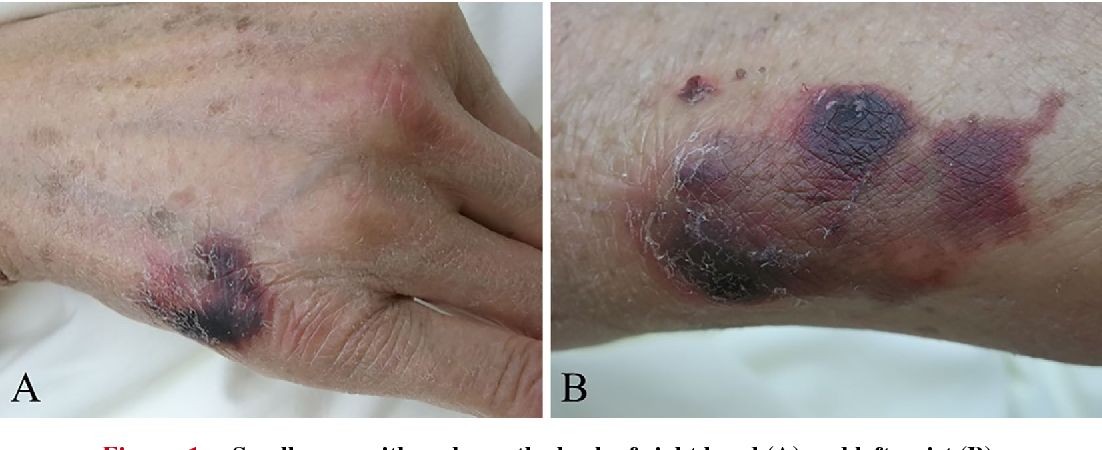
Contents
Capnocytophaga canimorsus
Capnocytophaga is a genus of bacteria found in human and animal mouths and gums. This bacteria can cause human infection, particularly in people with weakened immune systems. It exists in humans as well as dogs and cats without causing illness.
Capnocytophaga is a Gram-negative bacillus that is difficult to grow in laboratory cultures. It evades the immune system through various virulence factors and can cause blockages of small blood vessels, leading to a characteristic rash, organ failure, and tissue death. The spleen plays a crucial role in defense against this bacterium.
Causes of Capnocytophaga
People with impaired immunity are at higher risk for infection with this bacterium, including those who drink excessive alcohol, have no spleen or impaired spleen function, have liver disease, have uncontrolled diabetes, are newborns, or have inherited or acquired immune deficiencies.
Capnocytophaga canimorsus is not contagious from person to person, but can be transmitted from animals to humans through close contacts such as Licks, scratches, and bites.
Infections caused by Capnocytophaga canimorsus usually manifest symptoms within a few days to a week after contact, but the incubation period may vary.
Symptoms of Capnocytophaga
Common symptoms and signs of Capnocytophaga canimorsus infections include fever, cold sensations, confusion, joint and muscle pain, headache, stomach pain, vomiting, diarrhea, and blisters or pus at the site of the bite or scratch.
In some cases, the infection may progress to sepsis or septic shock, which can cause a pale or grayish skin, rapid pulse, low blood pressure, rash, color changes in digits or limbs, respiratory failure, kidney failure, and heart complications.
Diagnosis of Capnocytophaga
Doctors diagnose Capnocytophaga canimorsus by culturing and identifying the bacterium in blood samples. This process may take some time due to the slow growth of Capnocytophaga.
Treatment for Capnocytophaga
Treatment for Capnocytophaga infections varies depending on the severity and progression of the disease. It often involves intravenous antibiotics, fluids, and medications to raise blood pressure. Supportive care may be necessary for respiratory and kidney failure, as well as treatment for gangrene.
Prognosis of Capnocytophaga
The prognosis of Capnocytophaga infections depends on early treatment and immune function. It is essential to seek immediate medical care if bitten by a dog or cat. Complications can include long-term organ damage, gangrene, and death.
Capnocytophaga during Pregnancy
Pregnant women may have a slightly weakened immune system, increasing the risk of infection, including Capnocytophaga canimorsus. This bacterium can cause complications during pregnancy, such as premature delivery, fetal death, low birth weight, or sepsis in the newborn.
Prevention of Capnocytophaga
Currently, there is no vaccine available for Capnocytophaga infections. The best way to prevent infections is to limit contact with pets during periods of impaired immune function. It is crucial to promptly wash any skin coming into contact with pets or pet saliva and to seek medical attention for animal bites.
Always consult with a healthcare professional for specific medical advice and treatment.
Sources:
- Butler, T. "Capnocytophaga canimorsus: an emerging cause of sepsis, meningitis, and post-splenectomy infection after dog bites." Eur J Clin Microbiol Infect Dis 34.7 July 2015: 1271-80. doi: 10.1007/s10096-015-2360-7. Epub 2015 Apr 1.
- Janda, J.M. Chapter 235: "Capnocytophaga." Mandell, Douglas and Bennett’s Principles and Practice of Infectious Diseases, Eighth Edition. Saunders, 2015.
- Low, S., and J. Greenwood. "Capnocytophaga canimorsus: infection, septicaemia, recovery and reconstruction." J. Med. Microbiol 57.7 (2008): 901-903. doi:10.1099/jmm.0.47756-0
- United States. Centers for Disease Control and Prevention. "Capnocytophaga." Updated Oct. 16, 2018. Accessed Aug. 7, 2019.


